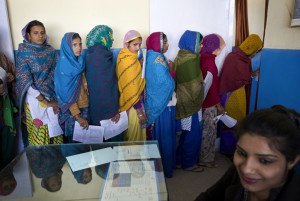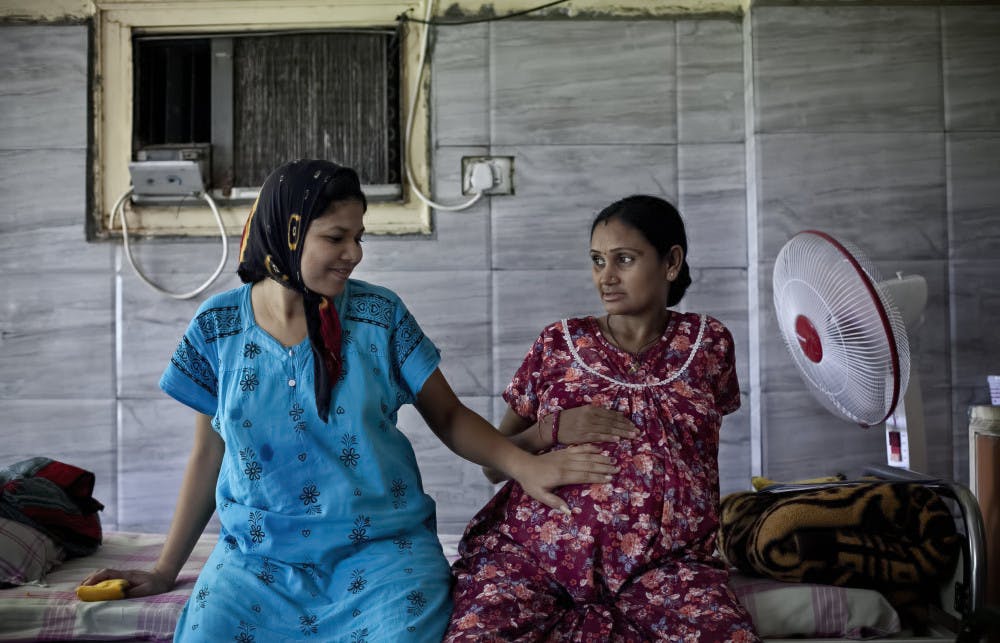By Camellia Carbonaro
Staff Writer
For decades, the government of India has used female sterilization as its primary mode of contraception to correct the country’s overpopulation problem. However, this year, the government is working toward modernizing its system by introducing an injectable contraceptive for women under the national family planning program, free-of-charge.
“The government of India funds about 4 million tubal ligations each year,” (in which the fallopian tubes are cut and tied off), the New York Times reported. This is more than any other country. Thirty-seven percent of all married women in India are reported to have received tubectomies.
Even though birth rates have fallen in recent decades, India’s population growth is still among the world’s fastest. At its current rate, India is expected to surpass China in population by 2021. The country fears that any incoming generation will strain the country’s land supplies and add to the underemployed workforce, BBC reported. Its government has long advocated for citizens to opt for sterilization in an effort to control the population levels. Yet this burden rests mostly within the female demographic because vasectomies are still not socially accepted, despite it being a much less risky and invasive procedure. While tubal ligations are a straightforward process, if not done by a skilled professional and under the right hygienic conditions, damage or infections to the organs can occur.

Monetary incentives are offered to women who agree to have the procedure done. They can expect to make 680 rupees ($10), which is almost a week’s income in rural India, Bloomberg reported. Many national and state governments even reward sterilized employees with bonuses and promotions. However, many husbands are known to coerce their wives into the procedures in order to reap the monetary benefits.
Most of the tubectomies are performed in government-run sterilization camps, sometimes by underqualified surgeons and without proper post-surgical care, according to Reuters. The women who opt for these camps are oftentimes from poor, low-caste families with little to no education. While they are required to give their informed consent, it is common for them to have a misinformed understanding of the procedure. Many do not realize the dangers involved.
Two years ago, an incident occurred at a mass-sterilization camp in the state of Chhattisgarh. The Washington Post reported that the performing doctor, R.K. Gupta, had performed 83 surgeries in a span of six hours in order to meet the quota demands that the local authorities had mandated. In doing so, he had spent mere minutes with each patient and subsequently paid poor attention to the medicines and hygienic conditions offered. Preliminary findings reported problems such as the failure to sterilize surgical instruments, drug contamination by a poisonous chemical compound (zinc phosphate) and the use of rusty equipment. Consequently, 15 women died, in addition to the 70 women who had been hospitalized thereafter in critical condition.
In spite of this tragic event, the number of women who underwent sterilization increased by 36 percent within that very year.
While some may consider the choice to offer better birth control methods as obvious, the advent of injectables is already being met with opposition. Ironically, much of the opposition is coming from women’s activist groups who are under the belief that the new contraceptives are unsafe and are only being pushed to feed the Western pharmaceutical companies’ pockets. In spite of growing evidence of the drugs’ safety, the level of distrust for them continues to exist.







